The Greek island of Crete does not only carry the secrets of an ancient civilization, but also puts a very rich flora and fauna on display for those who may be seeking to spend time in the nature's arm. The island is surrounded by the Mediterranean Sea waters and carries a weather that resembles with the Mediterranean and the North African both. The temperature mostly remains mild in the low-lying areas while the snowfall rarely takes place, barring some high altitude cases. The island's beaches are famous for their raw beauty and the sea resorts made along them. On the other hand, mountains are there to be trekked on, and various tour operators and hotels in Crete will offer packages for these kinds of events.
Spring brings up the best time for the Cretan flora and fauna to be explored when there is hardly any snowfall around and the rainfall has also died down. Obviously this also means the start of the tourism season in the island. The fields laden with red poppies and the air full of the lemon and orange flavors may leave you mesmerize in these days. Among many hundreds of the flora species found across the island, at least 130 wild flowers and herbs are regarded unique to it. Cretan holidays may be planned around these natural gifts provided one carefully decided about their tour plans. Often hotels in Crete will help you out in deciding about your nature-centric adventures.
The ravines and the mountain slopes are the places where one should look out for the rarest of plants found on this island. These include Organium dictamus, an herb made popular by the likes of Hippocrates and Aristotle for its medicinal use. The herb grows on steep slopes in the rocky mountains of Crete, where they won't easily be discovered by any human being. As a result, the men used to trek up and gift the herb as a sign of love to their partners in the ancient times. The name Organium dictamus comes from the mount Dikty, where Zeus, the mythological king of the Greek gods, was famously born. The evergreen Cretan Plane Tree is yet another unique Cretan species to be looked closely at. Unlike the other plane trees, which are deciduous in nature, the evergreen tree keeps itself green throughout the year.
Also found in Crete is the unique Cretan palm tree, which grows in abundance along the Vai beach. During the 70s, Hippies overcrowded this beach and left behind the dumps of garbage. Subsequently the whole area was declared a protected zone and gradually the palm tree forest and the beach were restored to their natural shape and looks over the years. These two draw in thousands of Crete bound tourists each year these days.
The Cretan Fauna is as impressive as its flora with some unique species filling up its biological chart. The Cretan wild goat leads the chart with its unusual yet impressive appearance. The animal is a protected species, and is found over a wide range. Several lizards and at least one poisonous snake do also inhabit these areas. Funnily, it was believed that St. Titus had earlier driven all the poisonous snakes off the Crete Island. The Cretan golden eagle leads the segment of birds from this area. Also found are warblers, swallows, goldfinches and some migratory birds. The voyage from hotels in Crete to the archaeological treasures across the island, and that to the thrilling beaches and the valleys carrying such a rich flora and fauna is bound to generate excitement.
Source: Free Articles
Sunday, January 11, 2009
Subscribe to:
Post Comments (Atom)




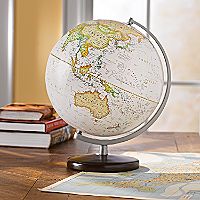
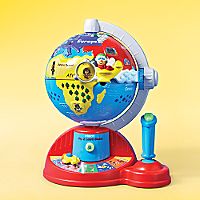
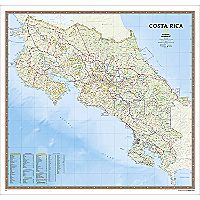
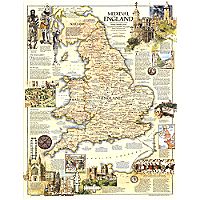
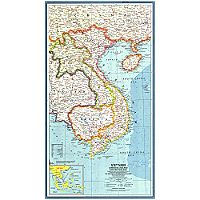
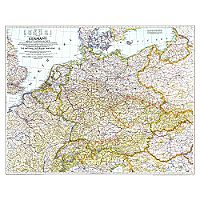
No comments:
Post a Comment